NASA, in collaboration with Lockheed Martin, has unveiled the X-59 aircraft, a “quiet” supersonic aircraft. After six years of intensive development, this innovative aircraft is set to redefine the future of air travel by reducing the noise associated with supersonic flight. This advancement not only promises faster travel but also has the potential to reshape the aviation industry as we know it.
Supersonic Travel: Breaking the Sound Barrier
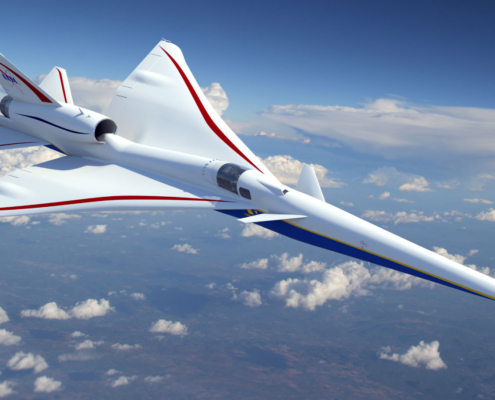
Image: Nasa.gov
Supersonic travel refers to the ability of an aircraft to reach speeds exceeding that of sound, which is approximately 1,225 kilometers per hour (761 miles per hour) at sea level. When an aircraft surpasses this speed, it creates shockwaves that converge into a powerful sonic boom. This sonic boom is akin to a thunderclap or an explosion, often startling to those on the ground.
For over half a century, the aviation industry faced a significant challenge: the deafening noise produced by supersonic aircraft. This challenge led to a global ban on supersonic flights over land, primarily due to concerns about the disturbance caused by sonic booms. Supersonic flight remained confined to overwater routes, limiting its practicality and accessibility.
NASA’s X-59 Aircraft
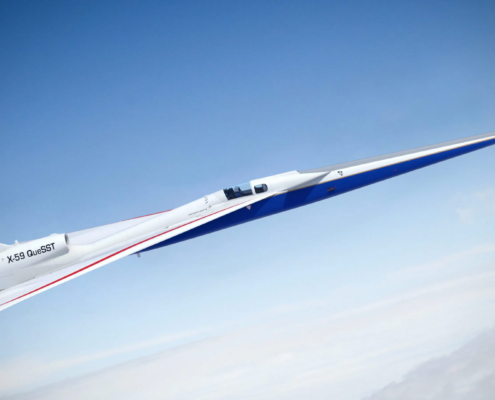
Image: Lockheed Martin
The X-59, with its sleek 30-meter length and 9-meter width, is designed to address this fundamental issue. Notably, it features a distinctive thin, tapered nose, which accounts for nearly one-third of its length. This specialized nose allows the aircraft to break up the shockwaves that typically culminate in a disruptive sonic boom.
Pam Melroy, NASA’s deputy administrator, said: “Today supersonic flight brings a thunderous supersonic boom. Those of us who live in the area are familiar with this sound. But what that means is that it’s restricted across populated areas, with good reason. And the X-59 is going to break that barrier. Meticulously engineered, it produces a gentle thump. A mere whisper compared to the disruptive booms of the past.” (Source: AP News)
Supersonic Flights and the Impact on the Aviation Industry
The introduction of the X-59 marks a key moment in the history of aviation. Not only promises quieter supersonic travel but also has the potential to change the flying industry. How?
-
Overcoming the Noise Barrier
The primary challenge of supersonic travel has always been the creation of sonic booms that disrupt communities and ecosystems. By reducing the noise to a mere “thump,” the X-59 paves the way for supersonic flights over land. This has the potential to eliminate the restrictions that have confined supersonic travel to overwater routes for decades.
-
Reimagining Commercial Supersonic Travel
Commercial supersonic travel over land has long been a dream for travelers and aviation enthusiasts alike. Reduced noise means the potential for flights that are significantly faster than conventional aircraft. Travel time between cities could be slashed, making it possible to reach destinations in half the time.
-
Economic and Environmental Implications
The X-59’s impact extends beyond passenger convenience. The aviation industry stands to benefit from new opportunities for growth and profitability. The ability to offer commercial supersonic flights over land opens up a vast market and can stimulate economic growth. Furthermore, more efficient and quieter supersonic travel can contribute to reduced emissions and a greener aviation industry.
-
Data for Policy Reform
For over five decades, supersonic flights over land were banned due to their disruptive noise. The X-59 project includes extensive noise perception surveys to gauge how residents perceive the aircraft’s “gentle thump.” The data collected from these surveys could influence policymakers to reconsider and potentially lift the ban on supersonic flights over land. This could open doors to a new era of aviation.
Quieter and Faster Future in the flight industry
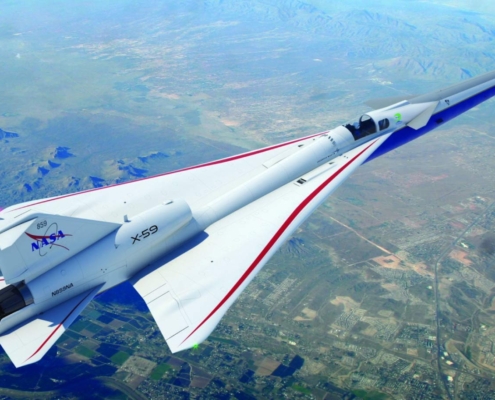
Image: Lockheed Martin
The unveiling of NASA’s X-59 supersonic aircraft marks a milestone in the aviation industry. It signifies not only quieter supersonic travel but also the potential for a revolution in the way we experience air travel. By overcoming the noise barrier associated with supersonic flight, the X-59 brings us closer to faster and more accessible travel over land. This breakthrough holds the promise of economic growth, environmental benefits, and policy reform, making it a pivotal moment in aviation history.
As the X-59 prepares to take its first flight later this 2024, the aviation world eagerly anticipates the transformative impact it will have on the way we travel. With quieter skies and faster journeys, the future of aviation is set to be exciting.
For more news about aircraft and aviation, visit our website.

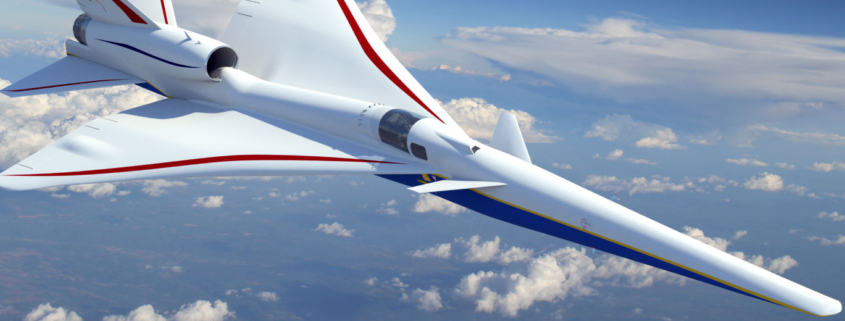



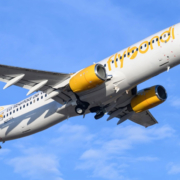



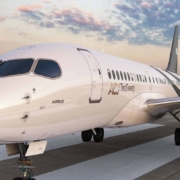


Leave a Reply
Want to join the discussion?Feel free to contribute!